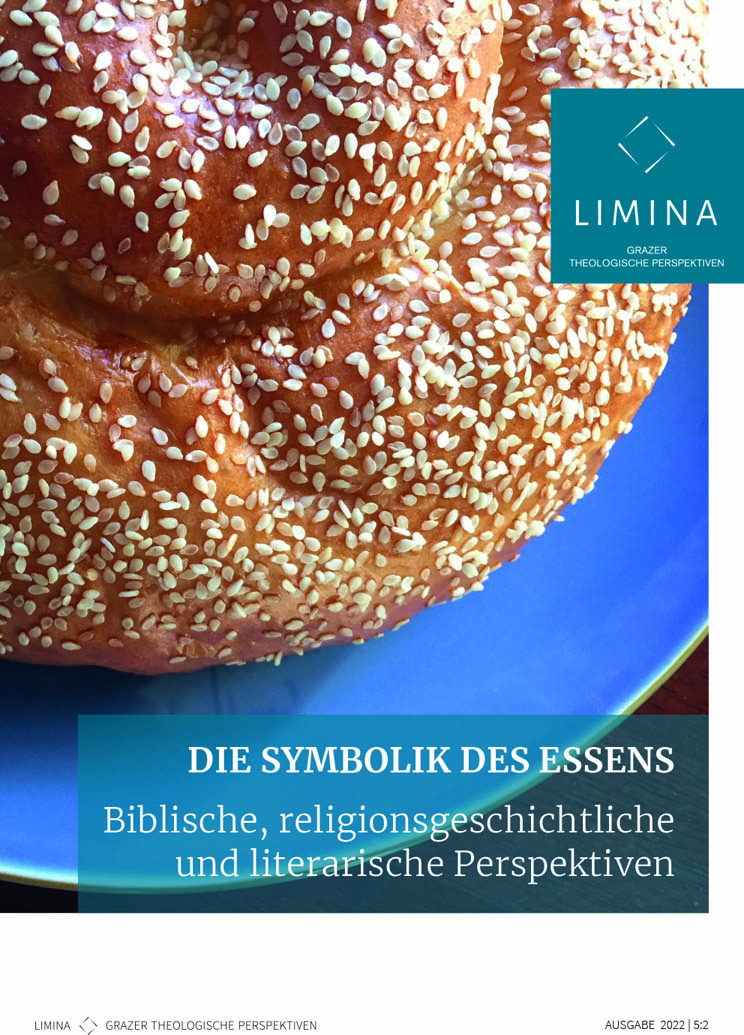“It Was Ugly and Shriveled, With One End Nibbled Off” The Knackwurst as a Metonymy in Lore Segal’s Story “Wir aßen stumm. Auf dem Kindertransport”
Main Article Content
Abstract
“Wir aßen stumm. Auf dem Kindertransport” is a short story by the US-Austrian author Lore Segal, narrating her escape from the Nazis and her separation from her Jewish parents in Austria on an involuntary and uncertain journey to a safe place, accompanied by other children and a bag of treats. On the day of her departure from the Austrian town of Fischamend, fleeing the Nazis as a Jewish child, young Lore asks her mother for a “Knackwurst” – a typical Austrian kind of sausage meant as provisions for her ‘journey’ that eventually becomes much more than a meal in Segal’s narration. In an already hasty and dangerous attempt to fulfil her daughter’s last wish before she has to leave, Lore’s mother gives in to buying her a sausage as a meal that would keep her from being hungry on the train. Instead of simply fulfilling the purpose of nourishment, the sausage eventually opens up a space within the narration that allows Segal as the narrator to express young Lore’s grief and the fear of uncertainty. Instead of simply eating the sausage as her mother had intended for her to do, Lore saves the food for later. By keeping the sausage, it becomes a replacement for her feelings. The further away young Lore gets from home, the more the sausage decays, begins to smell, and finally becomes inedible. From being unappetizing to slowly starting to rot, the sausage takes up an essential part of the narration in place of young Lore’s feelings. At the same time, the sausage becomes an indicator of how far away from home – spatially and emotionally – young Lore has already gotten on her journey. Besides the fact that the ‘Knackwurst’ is not kosher food, it is also not what she really wants on her departure – it just buys her more time with her family. The more it starts to smell on her journey, however, the further Lore gets away from her Fischamend home, and the harder it becomes to hide the stinking sausage from everybody else until it is finally found, which embarrasses the girl and finally allows her to express her sadness openly and in front of everybody else.
Segal’s story is an example of what happens when food becomes more than a simple product, or a basic necessity, and exceeds the means of nourishment. In Segal’s story, a twofold purpose of the foodstuff can be analyzed. On the one hand, it opens up a space within the narration that represents the distance Lore experiences. On the other hand, the sausage and its maturation past its expiration date allows Segal to utilize the ‘Knackwurst’ as a narrative tool to make her experience more palpable, and to use narrative elements for a historical account, very much in the sense of writing ‘history’ through ‘story’ (cf. Segal 2019a) as she claims to be relevant for herself as a writer.
Article Details
The author(s) retain copyright without any restriction.
LIMINA provides immediately upon publication open access to its content. The content of this journal is licensed under the Creative Commons Attribution 4.0 International Licence. By submitting a contribution, the author(s) agree(s) to the terms of use of the CC BY licence.

